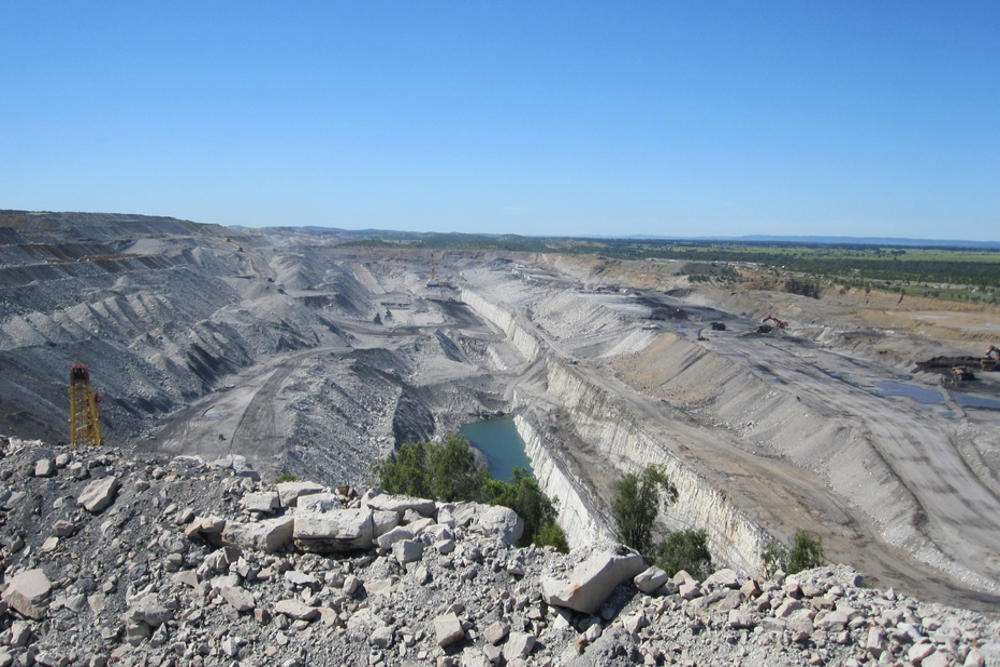
To fully maximise their operational efficiencies, miners must ensure comprehensive maintenance and monitoring of all heavy machinery undercarriage systems are in place.
By effectively addressing a range of risks associated with on-site issues, such as abrasive working environments, appropriate load control, and corrosion, mining companies can extend the collective life of their equipment while also minimising costs by avoiding expensive repairs and lost productivity due to downtime.
The undercarriage typically comprises the track assembly and its frame, with key components including shoes, pads, bushings, links, as well as pin and track seals.
The track frame assembly itself involves track and carrier rollers, idlers, sprockets, recoil springs, track guides, guards, and hydraulic track adjusters.
It is widely recognised that the undercarriage in track-type machines is the single most expensive item, absorbing up to 50 per cent of the total costs attributed to crawler maintenance. Some miners have been known to neglect this crucial element until significant wear develops.
The Institute of Materials, Minerals and Mining (IMMM) argues for owners and operators to minimise wear effects by applying best practices in track configuration and operational methods.
IMMM has also emphasised the importance of staying on top of maintenance and repairs.“Ongoing improvements to an undercarriage maintenance program yield substantial pay-offs to the bottom line – whether you own one machine or a fleet of crawlers.
“Undercarriage wear cannot be eliminated, but it can be controlled and managed cost-effectively.”
While it is essential to take advantage of the latest innovations in undercarriage design and metallurgy, and to use quality replacement parts, these initiatives do not replace a solid understanding of wear causes.
Some of these causes can be influenced while others cannot, which further highlights the importance of a commitment to. operational and maintenance practices that enhance the working life of the undercarriage.
For instance, the 180-degree rotation of pin and bushing components, fundamental in excavators to reduce friction and wear, can prevent internal erosion and maximise bushing life.
IMMM noted: “If you continue to operate in the same working environment, wear life on the second bushing side will equal that of the first side.”This maximises the life of other undercarriage components, significantly reducing the cost per hour.
Idlers, designed for rebuilds, can achieve extended wear lives and reduced maintenance expenses.Their excellent sealing capabilities allow miners to reuse internal components, thereby lowering overall repair costs.
IMMM said: “In the resurfacing process, we disassemble the idler and check internal components.”Meanwhile, re grousing of shoes may extend an undercarriage’s life at a cost much lower than complete replacement.
“Track-type machines operate in many different conditions, making track shoes a major wear item,” IMMM stated.“If the shoe pad is structurally sound, however, new material may be added to the grouser surface.”
Another effective undercarriage maintenance measure, according to China’s Jiangsu Origin Machinery Company (JOMC), is adopting advanced lubrication systems that automatically apply the correct amount of lubricant to critical components.
This reduces friction, general wear and tear, and the risk of component failure. Additionally, integrating sensors and Internet of Things (IoT) technologies enables real-time monitoring of the undercarriage, particularly concerning predictive maintenance strategies and the prevention of unexpected breakdowns.
Furthermore, modular designs that allow for faster replacement of worn-out parts can also be implemented. “These designs also facilitate easy customisation of the undercarriage to suit specific mining conditions,” JOMCexplained.
Recent growth in the undercarriage maintenance sector, driven largely by the mining industry, indicates that many project proponents are already adopting these recommendations.
According to UK-based Market Research Future (MRF), the sector is expected to be worth approximately $42.18 billion in2024, increasing to $68.98 billion by 2034, with a compound annual growth rate of around 5 per cent from 2025 to 2034.
“The growing need for infrastructure development, particularly in emerging economies, is a key factor driving the demand for undercarriage components,” MRF noted.“Additionally, the rising adoption of advanced technologies, such as telematics and remote monitoring systems, is creating new opportunities for market growth.”
Recent trends in the undercarriage component sector include an increased use of lightweight materials, adoption of eco friendly technologies, and integration of advanced sensors and analytics.
Another significant growth driver is the expansion of theaftermarket, which encompasses repairs, maintenance, and spareparts services.
“The necessity for expansion has been driven by stakeholder attention on extending equipment lifespan and reducing operational costs,” MRF added.










